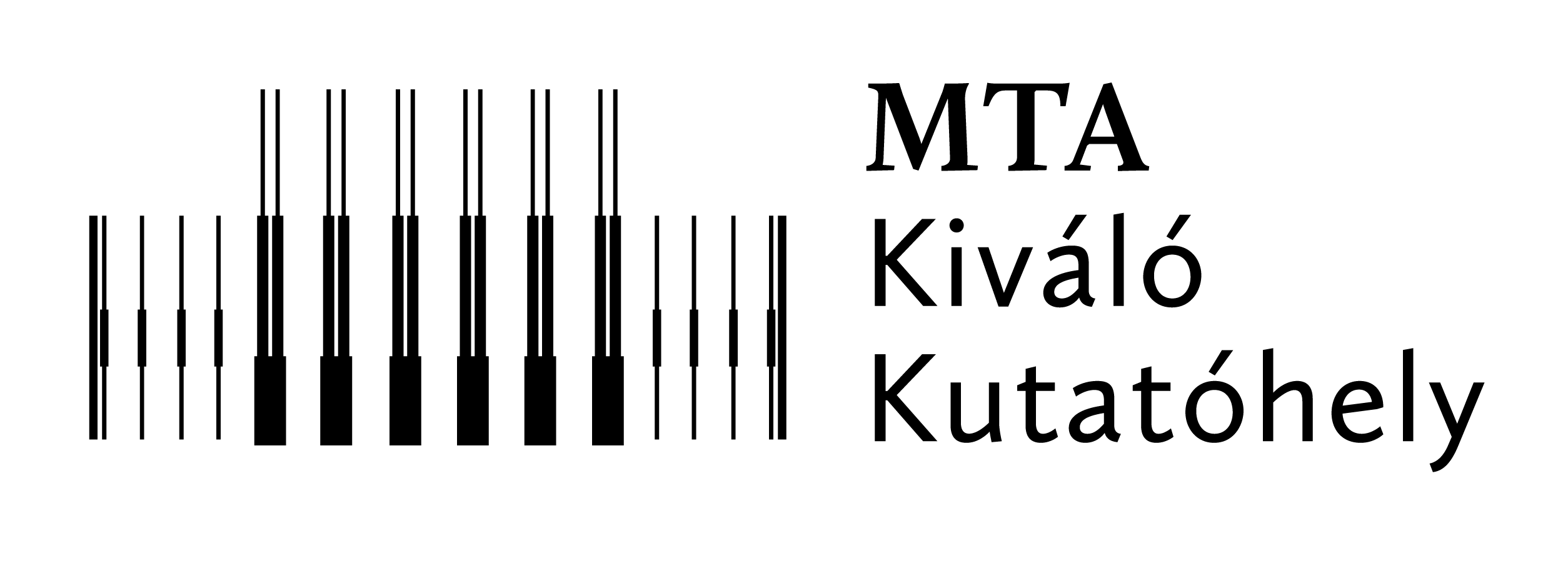Előadó: Shengfeng Deng (EK)
Az előadás témája: Coupled two-species model for the pair contact process with diffusion
Az előadás időpontja: 2021. szeptember 14., 10 óra
Helyszín: videokonferencia, a video linkje: https://teams.microsoft.com/l/meetup-join/19%3ace423c05cd1543ab9f9905886590ad69%40thread.tacv2/1630940331924?context=%7b%22Tid%22%3a%224d7ddeef-14ff-4911-8c11-401c69384d77%22%2c%22Oid%22%3a%22969d2d4a-5ba8-43f1-bd69-93f0998b025f%22%7d
Összefoglaló:
The pair contact process with diffusion (PCPD) defined by the binary reactions B + B → B + B + B, B + B → ∅ and diffusive particle spreading exhibits an unusual active to absorbing phase transition whose universality class has long been disputed. Such reactions may also be related to certain catalytic reactions. Multiple studies have indicated that an explicit account of particle pair degrees of freedom may be required to properly capture this system's effective long-time, large-scale behavior. We introduce a two-species representation for the PCPD in which single particles B and particle pairs A are dynamically coupled according to the stochastic reaction processes B + B → A, A → A + B, A → ∅, and A → B + B, with each particle type diffusing independently. Mean-field analysis reveals that the phase transition of this model is driven by competition and balance between the two species. We employ Monte Carlo simulations in one, two, and three dimensions to demonstrate that this model consistently captures the pertinent features of the PCPD. In the inactive phase, A particles rapidly go extinct, effectively leaving the B species to undergo pure diffusion-limited pair annihilation kinetics B + B → ∅. At criticality, both A and B densities decay with the same exponents as the corresponding order parameters of the original PCPD, and display mean-field scaling above the upper critical dimension dc = 2. In one dimension, the critical exponents for the B species obtained from seed simulations also agree well with previously reported exponent value ranges. We demonstrate that the scaling properties of consecutive particle pairs in the PCPD are identical with that of the A species in the coupled model. This two-species picture resolves the conceptual difficulty for seed simulations in the original PCPD and naturally introduces multiple length scales and time scales to the system, which are also the origin of strong corrections to scaling. The extracted moment ratios from our simulations indicate that our model displays the same temporal crossover behavior as the PCPD, which further corroborates its full dynamical equivalence with our coupled model.



